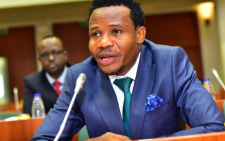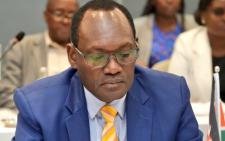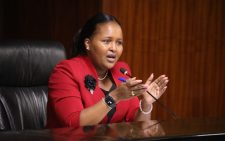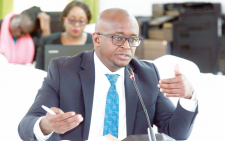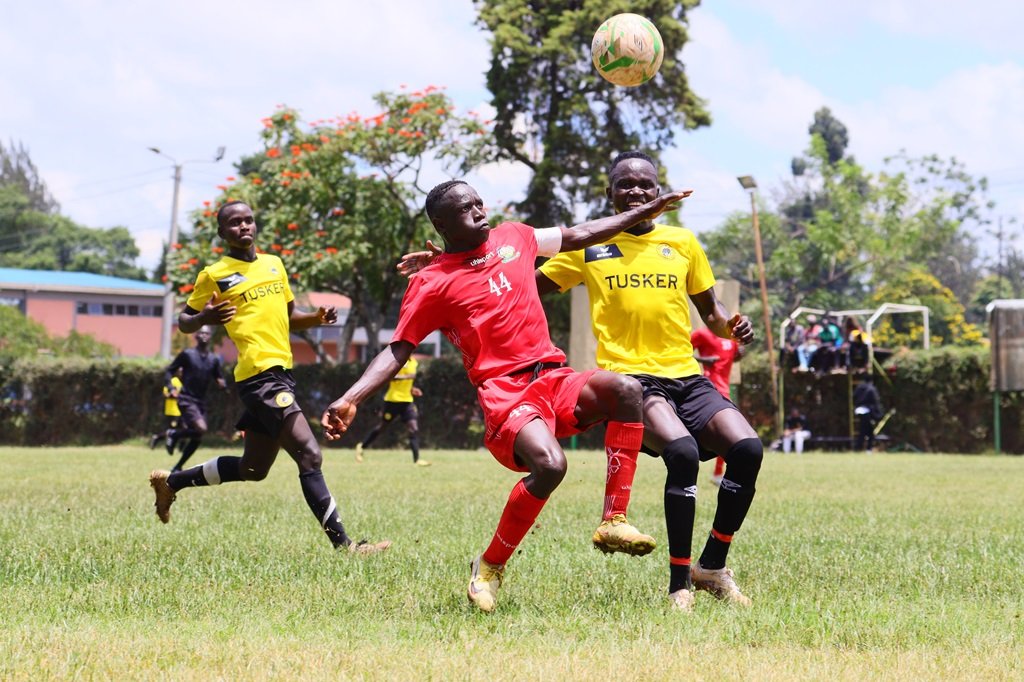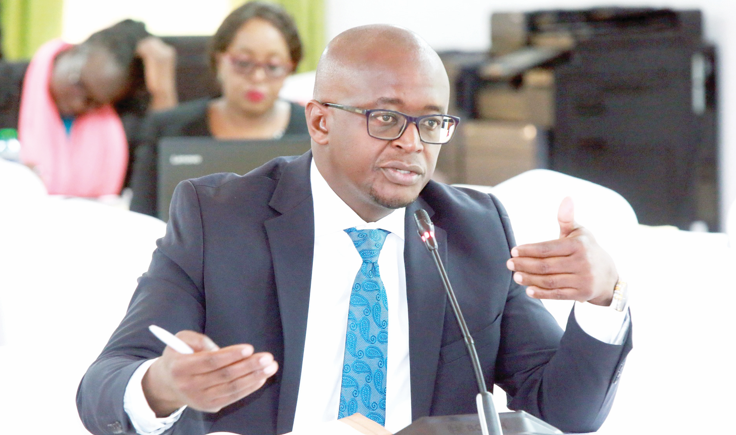Lawmakers have questioned expenditure by the State Department for Culture, Arts and Heritage amounting to millions of shillings.
The money was spent on non-priority items barely months after President William Ruto called for prudent use of public resources.
Principal Secretary Ummi Baashir who appeared before the committee on Sports and Culture faced the wrath of MPs who sought to know why some items had incurred high expenditure yet the same could be sourced at a cheaper cost.
The question came after she tabled documents showing how the department spent Sh100 million for the development of a national dress, Sh200 million for hosting Kenya House at Olympics, Sh110 million for development of Ushanga Curio Mall, Sh55 million for Kiswahili day celebrations, Sh50 million for Utamaduni Day celebrations and Sh12 million for Minority Day celebrations.
Other interesting expenditures include Sh50 million to design and develop digital platform Sanaa App, Sh48 million for cultural digitisation, Sh44.58 million for development of language policy.
Another Sh45.69 million was spent on the rehabilitation works at Kariandusi Prehistoric site and at Hyrax Hill pre-historic site in Nakuru County, Sh6.24 million on the construction of boundary wall along Michuki Park, Sh35.3 million for the construction of prophet Yohana Owalo Mausoleum (Nomiya Church) project, Sh38.98 for the construction of ticket booth, signage and development exhibitions at Fort Jesus World Heritage site Mombasa County and Sh49.29 million for construction of interpretation centre , boundary wall , ablution block and education wall at Wajir museums.
However, Baashir who defended the cost incurred said funds can’t be mismanaged or misappropriated as they undergo rigorous checks before they are released. She explained that some of the projects were yet to start while others not all monies have been released.
She said: “The state department currently exists in a restricted fiscal space and thus from time to time in addition to dwindling exchequer funding has to rely on proposals made to the sports, Arts, and social development fund as well as the Tourism Promotion Fund to be able to execute developmental projects.”
National Taskforce
On the development of the National dress that cost Sh100 million, she said that the department is awaiting for the gazettement of the National Taskforce to undertake consultations in all the counties to ensure that the dress is representative and that it gets all the necessary buy.
She said: “Kenya does not have a national dress, do we? That is something that we’re working on and we promise that by the next Utamaduni Day we will consult and make sure we have a Kenyan National dress by then.” Bashir made the remarks even as the director of Culture in the said ministry Kiprop Lagat disclosed that the government in 2004 spent a whooping Sh50 million when Najib Balala was the then Minister for Heritage to develop the dress but this did not succeed as no one bought it when it was taken to the market.
Lagat said that attempt to have the dress failed because it was a boardroom decision that was forced down on Kenyans without their involvement. He said: “It was a boardroom decision without engaging the end users and stakeholders. For a change we are now involving counties, different designers in order to come up with the best design.”
He added: “It’s not necessarily true that we could have just one national dress, but we could have a variety that would be representative of the diversity that we have in this country.”
On the Sh55 million spent on Kiswahili day, she said that Sh562, 700 was spent on hospitality and allowances, Sh24.89 million on venues, Sh10.5 million allowances, Sh4.22 million for transport/ticketing, Sh881,200 for cultural troops, Sh1.8 million for cultural food /dinner, Sh12 million for marketing and promotional items.
She said: “The state department bore the cost of hosting these regional events with the East African Kiswahili commission only meeting the cost of travel for delegates from partner states, printing of their T-shirts, promotional and publicity materials, cost associated with all keynote speakers and cost related to the abstract of the presenter.” On the Sh100 million Ushanga Promotion done with the support of the Tourism Promotion Fund, she said that so far only Sh20 million has been received to build the Ushanga Curio Mall at the Sekenani Gate in Narok.
Leasing of space
With regards to the Sh200 million spent on the Kenya House at the Olympics in Paris, she said that the money was mostly to cater for the establishment of the house, leasing of space, freight of cultural foods and artefacts, running costs, per diems for all participating teams, set up of venues as well as teardowns.
But immediately she was done, lawmakers led by chairman by Webuye West MP Dan Wanyama said that some of the expenditures were too high. Suba South MP Caroli Omondi sought to know why some of the items listed such as the Kenya House were too expensive.



